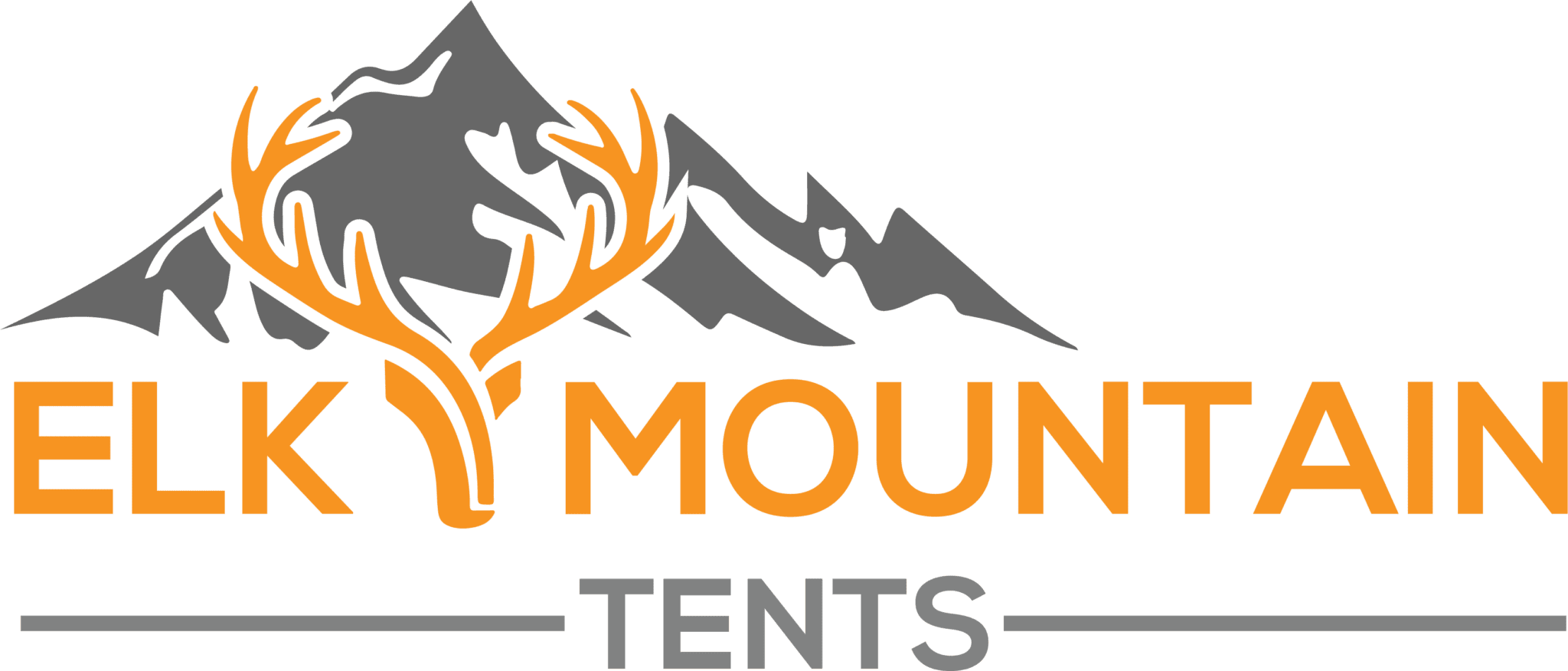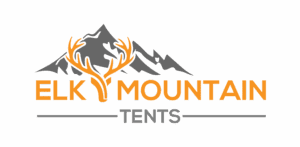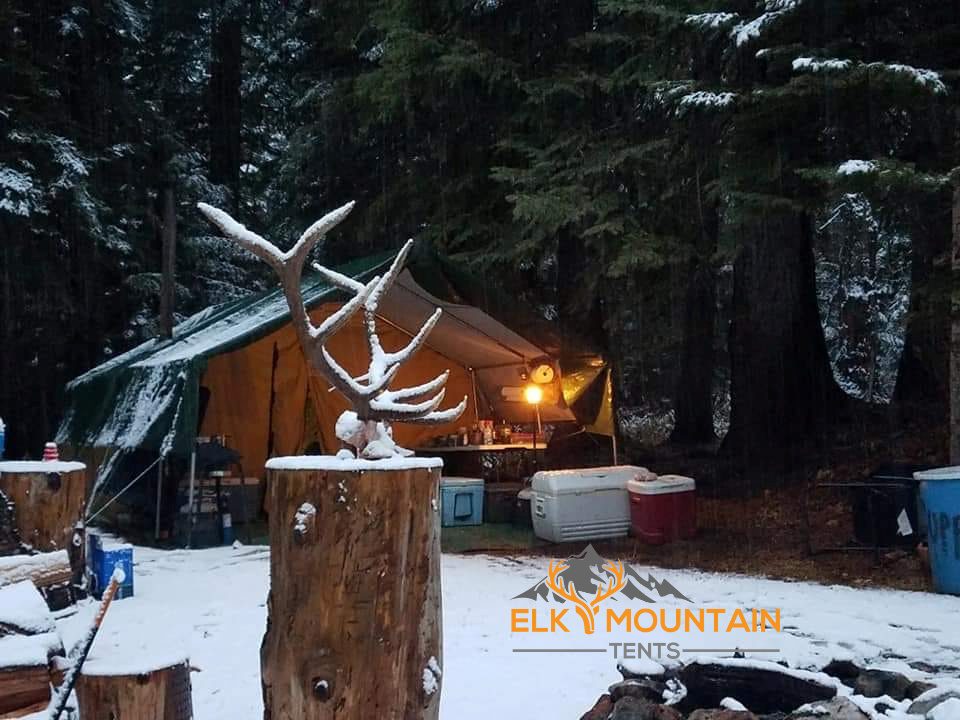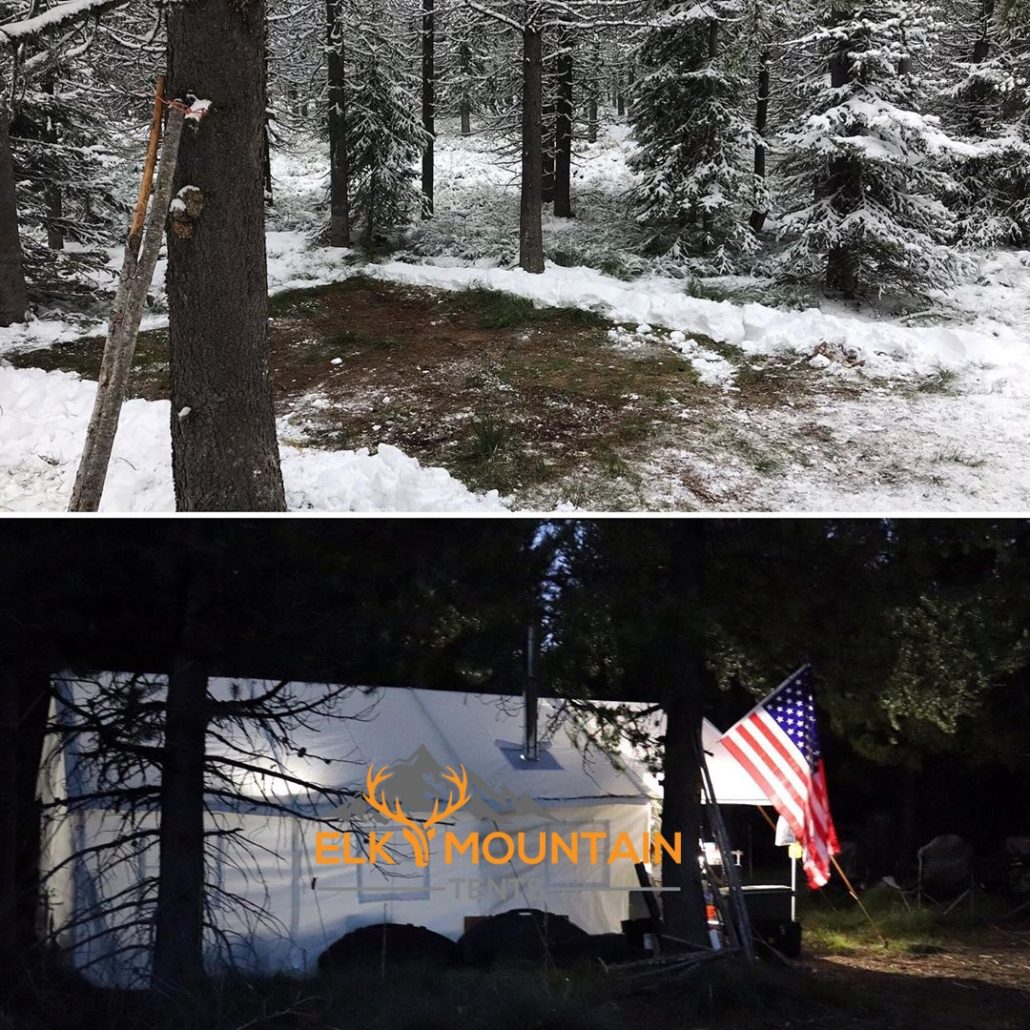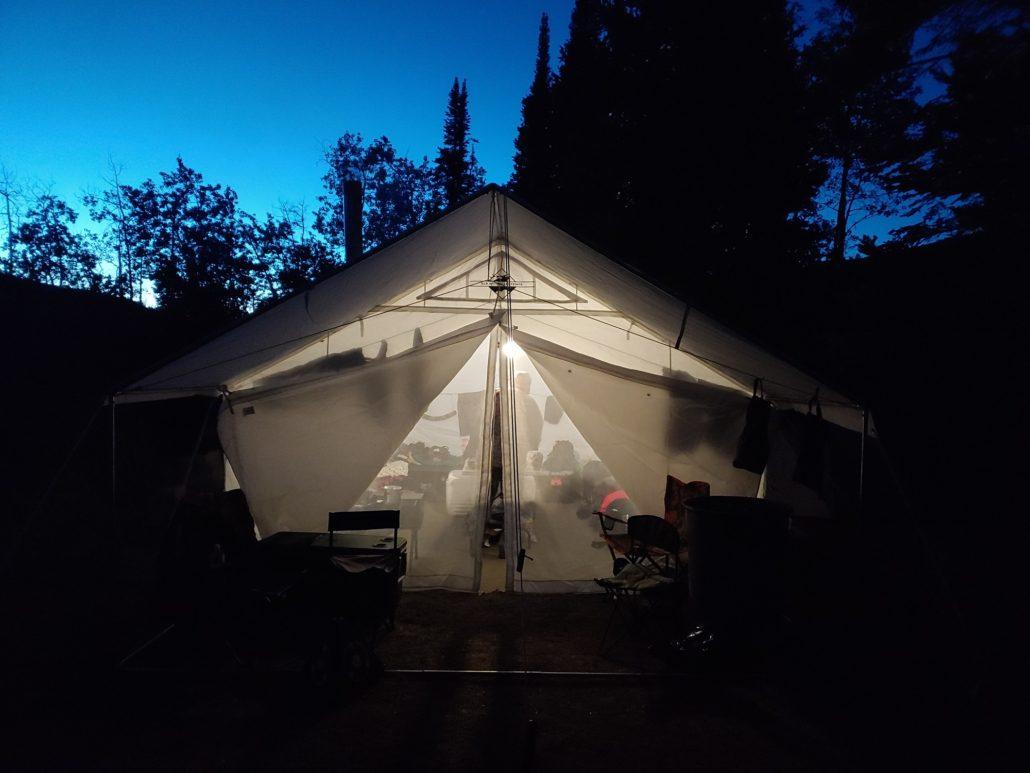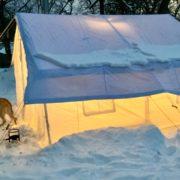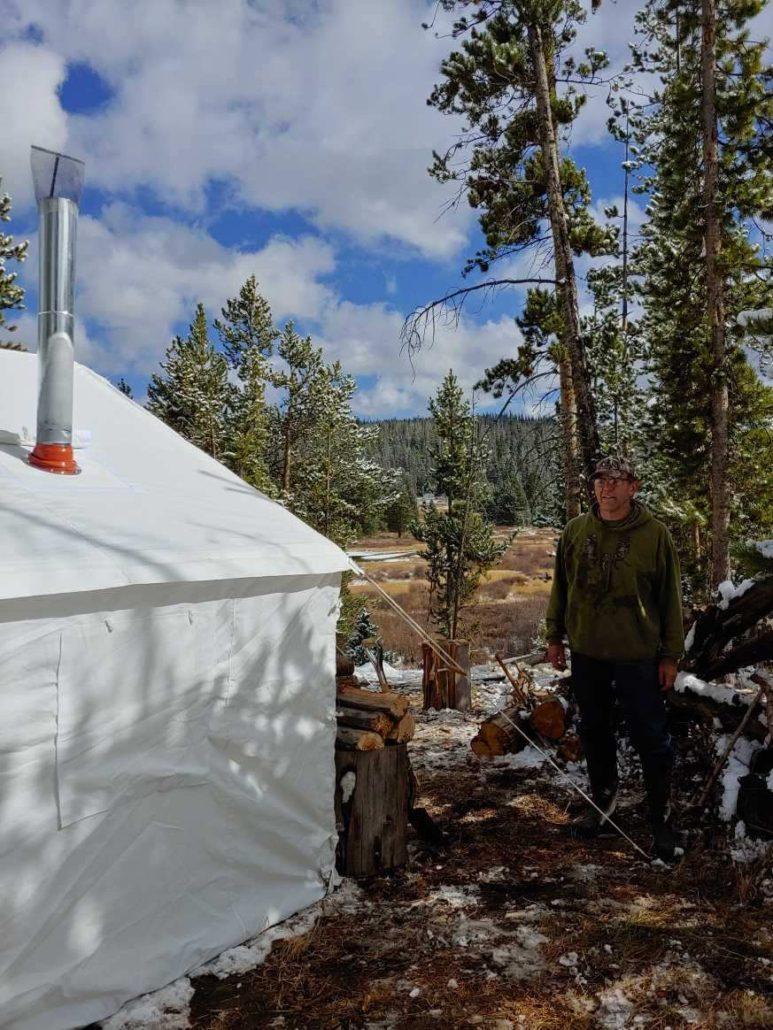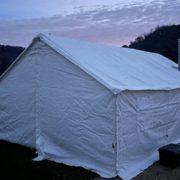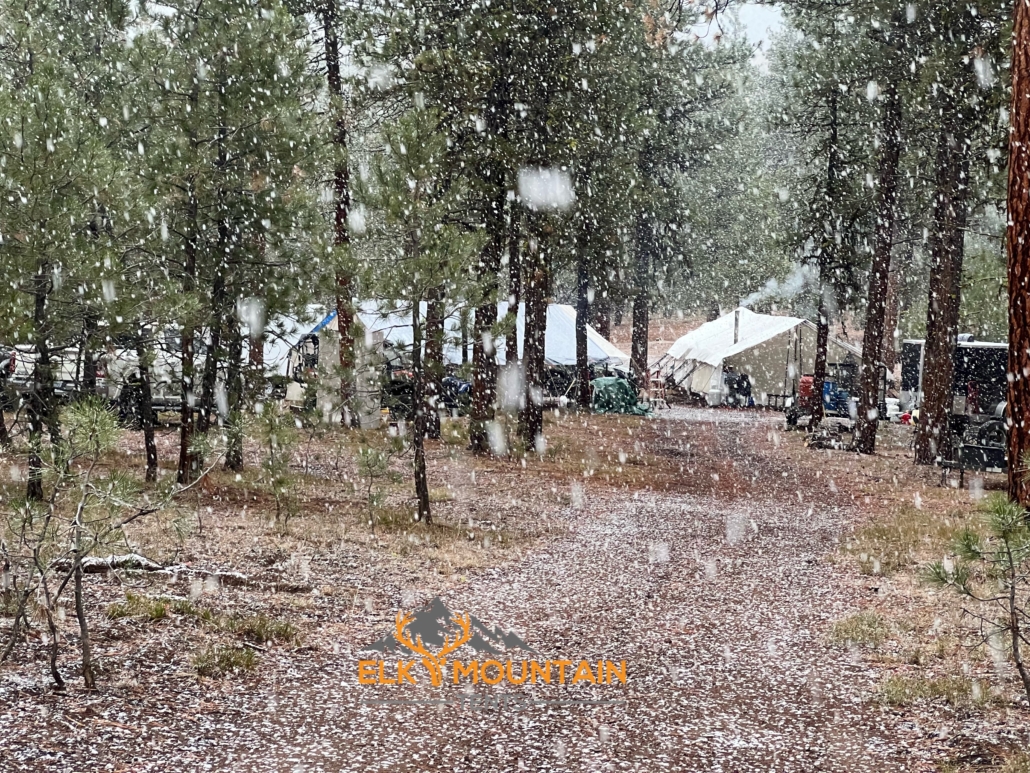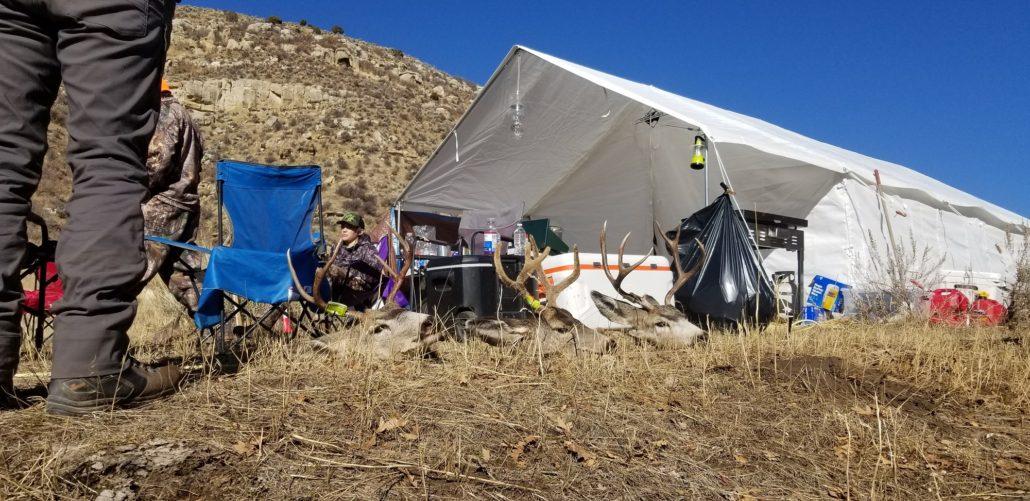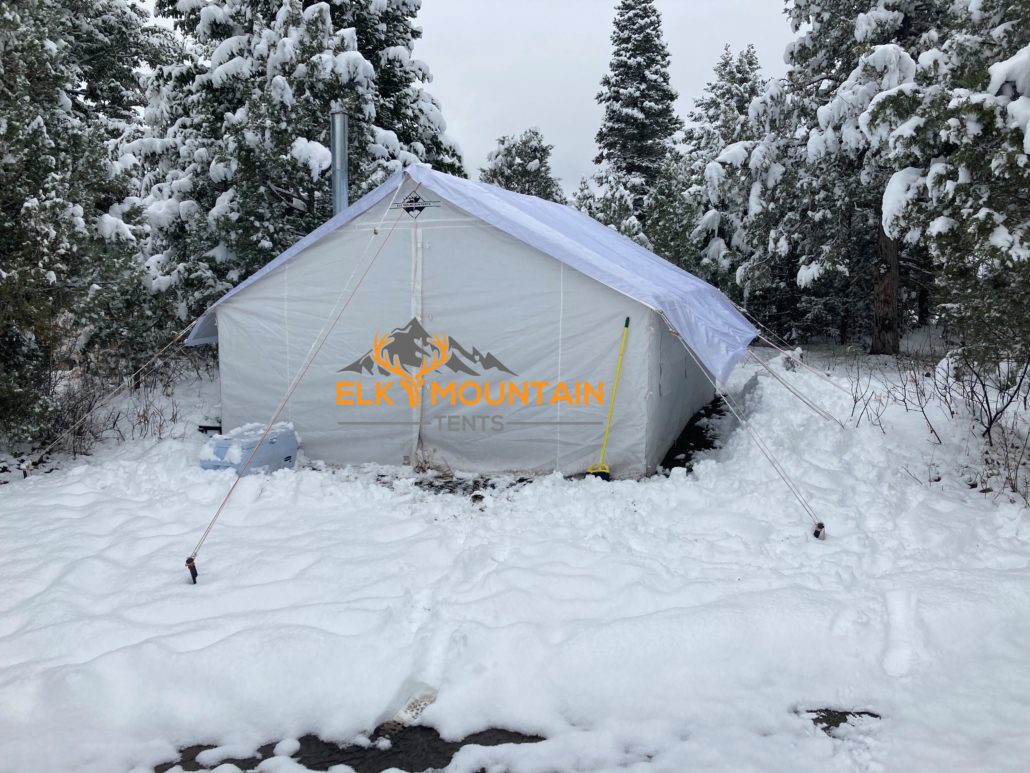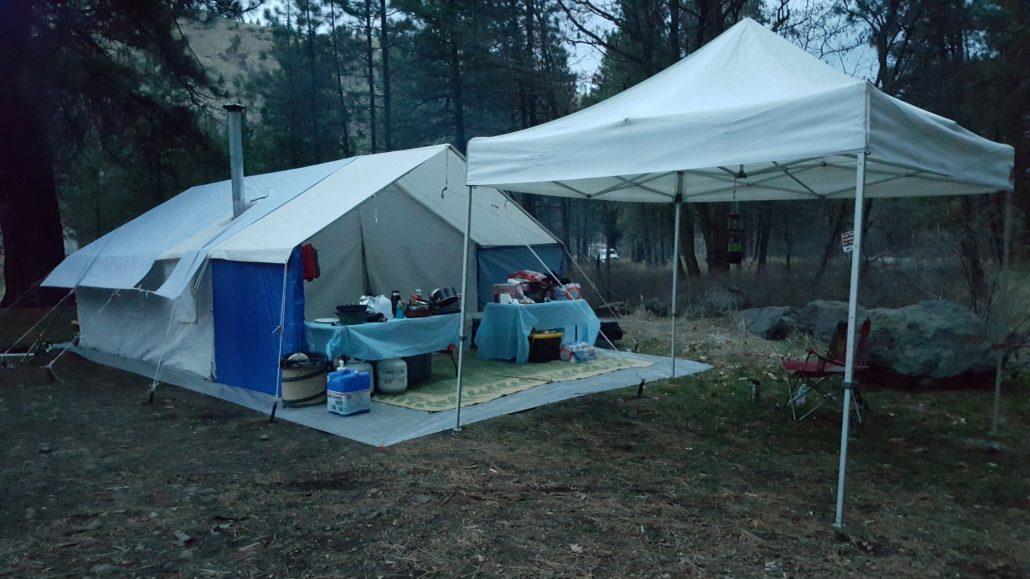Exploring the Unique Benefits of Military Grade Tents: Why Elk Mountain Tents is a Leader in this Industry
Military grade tents have become increasingly popular among outdoor enthusiasts and adventurers, and for good reason. These tents are designed to withstand extreme weather conditions and provide a level of durability that other tents simply cannot match. One company that has been at the forefront of producing military grade tents is Elk Mountain Tents. In this article, we will explore the unique benefits of military grade tents and why Elk Mountain Tents is a leader in this industry.
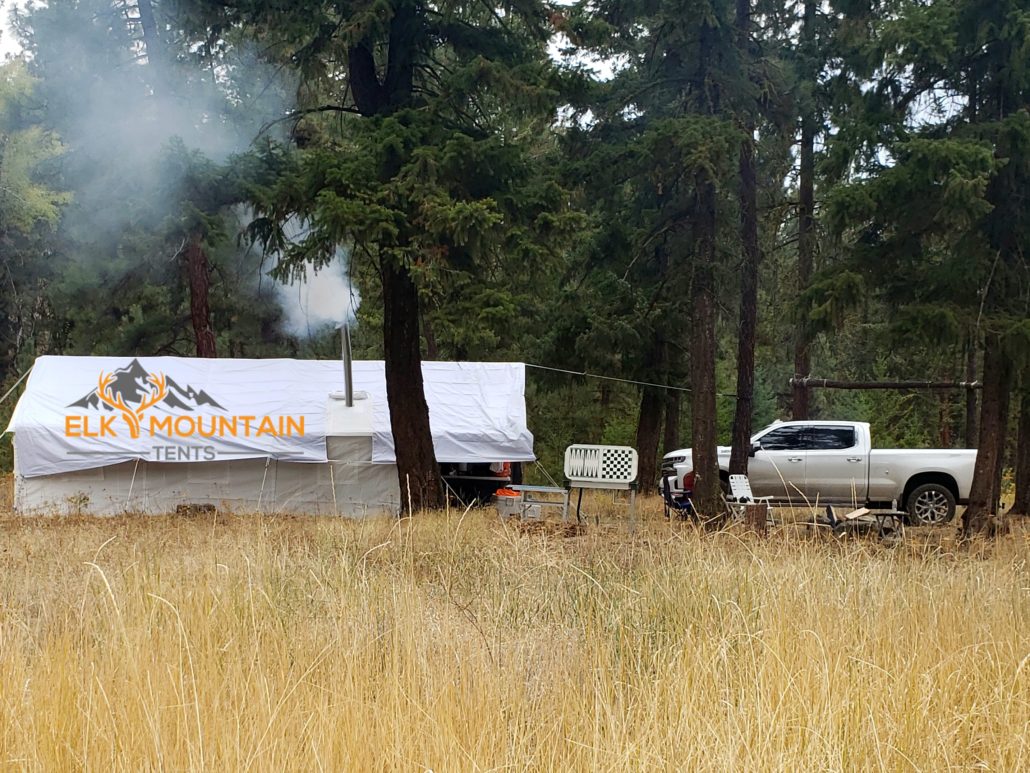
What are Military Grade Tents?
Military grade tents, also known as combat tents or expedition tents, are designed to withstand the toughest weather conditions and environments. These tents are often used by military personnel, outdoor enthusiasts, and adventurers who require a tent that can withstand harsh climates and terrains. Military grade tents are made from heavy-duty materials and are built to be durable, water-resistant, and wind-resistant. Traditionally these have been made with treated cotton canvas but as technologies have advanced polyester has been the go to source material because it can be created to be much stronger and slightly lighter than cotton canvas. These tents will also be double thick at any location they come in contact with the poles
What are the Benefits of Military Grade Tents?
- Durability
One of the main benefits of military grade tents is their durability. These tents are made from high-quality materials that are designed to withstand the toughest weather conditions and environments. They are built to be water-resistant, wind-resistant, and tear-resistant, making them ideal for use in harsh climates and terrains. Some materials, such as those used in Elk Mountain Tents’ tents are also naturally waterproof and incapable of rot.
- Weather Resistance
Military grade tents are designed to withstand extreme weather conditions such as high winds, heavy rain, and snow. They are made from materials that are water-resistant and wind-resistant, and many tents also come with additional features such as rain flys and vestibules that provide extra protection from the elements.
- Lighter and more Portable
This is a difficult one because the lightest tents are also the weakest. Conversely, a 16 oz cotton canvas offers incredible strength but at a massive financial and weight increase. This is part of the reason why polyester has become the go to. You can get 14 oz strength at 11 oz weight.
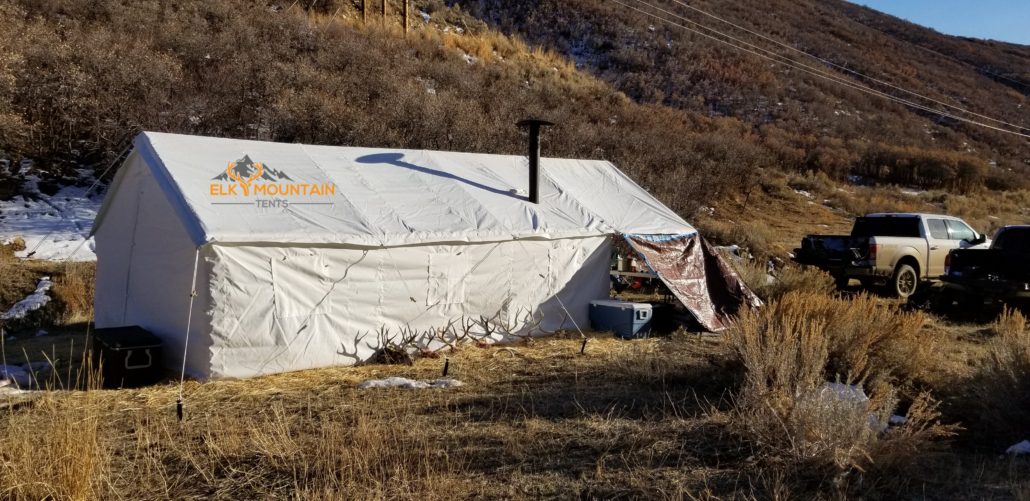
Elk Mountain Tents: A Leader in Military Grade Tents
Elk Mountain Tents is a company that has been at the forefront of producing military grade tents. The company was founded by an avid hunter who wanted to create a tent that could withstand the toughest weather conditions and environments. Elk Mountain Tents uses only the highest-quality materials in their tents.
Elk Mountain Tents keeps it simple by only offering two types of tents, wall tents and bell tents, with only a couple variations on each type. This simplified approach allows them to keep their prices low and include additional features in their base model.
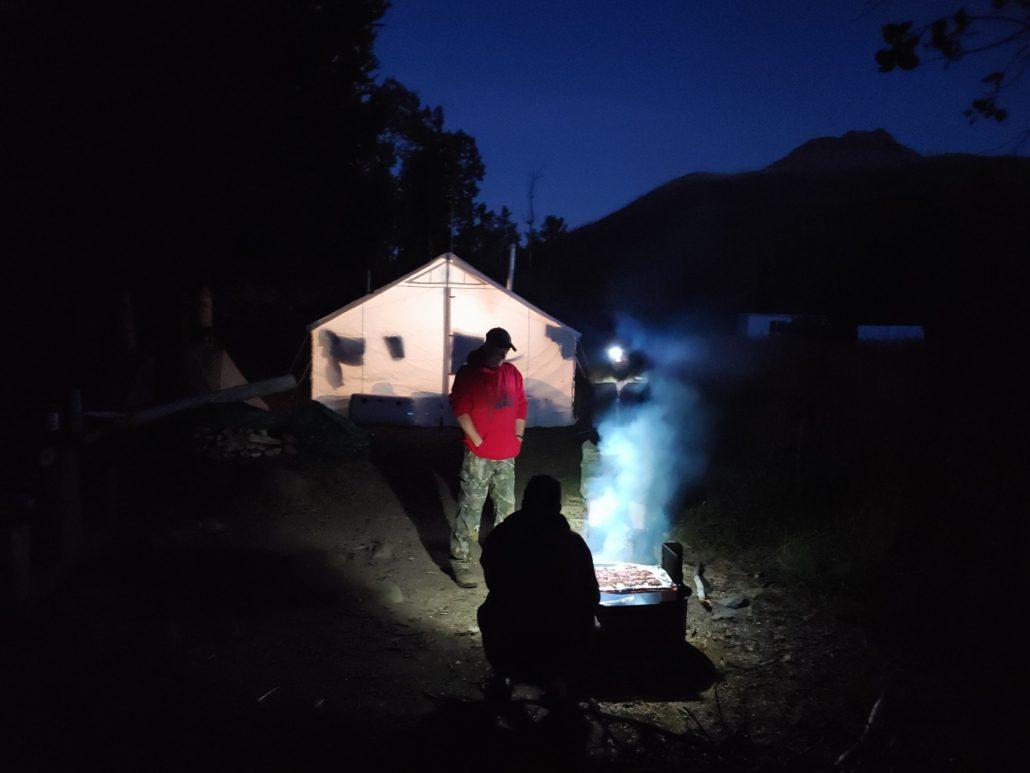
FAQs about Military Grade Tents
- Are military grade tents expensive?
Military grade tents can be more expensive than regular camping tents, but they are also more durable and built to withstand extreme weather conditions and environments. The cost of a military grade tent can vary depending on the size, features, and materials used.
- How do you set up a military grade tent?
Each tent is unique! Follow the instructions that come with your tent.
- Can military grade tents be used for camping?
Yes, military grade tents can be used for camping, hiking, and other outdoor activities. They are designed to be versatile and adaptable to a wide range of environments and climates.
- What materials are military grade tents made from?
This depends on the location and function of the tent. Some tents are nylon, others are polyester. Some are extremely lightweight and fit in a backpack, others are heavy duty and have to be loaded into a truck.
Conclusion
Military grade tents offer unique benefits that make them an excellent choice for outdoor enthusiasts and adventurers. Their durability, weather resistance, lightweight design, modular features, and versatility make them a popular choice among campers, hikers, and backpackers. Elk Mountain Tents is a leader in the military grade tent industry, providing high-quality products and excellent customer service.
